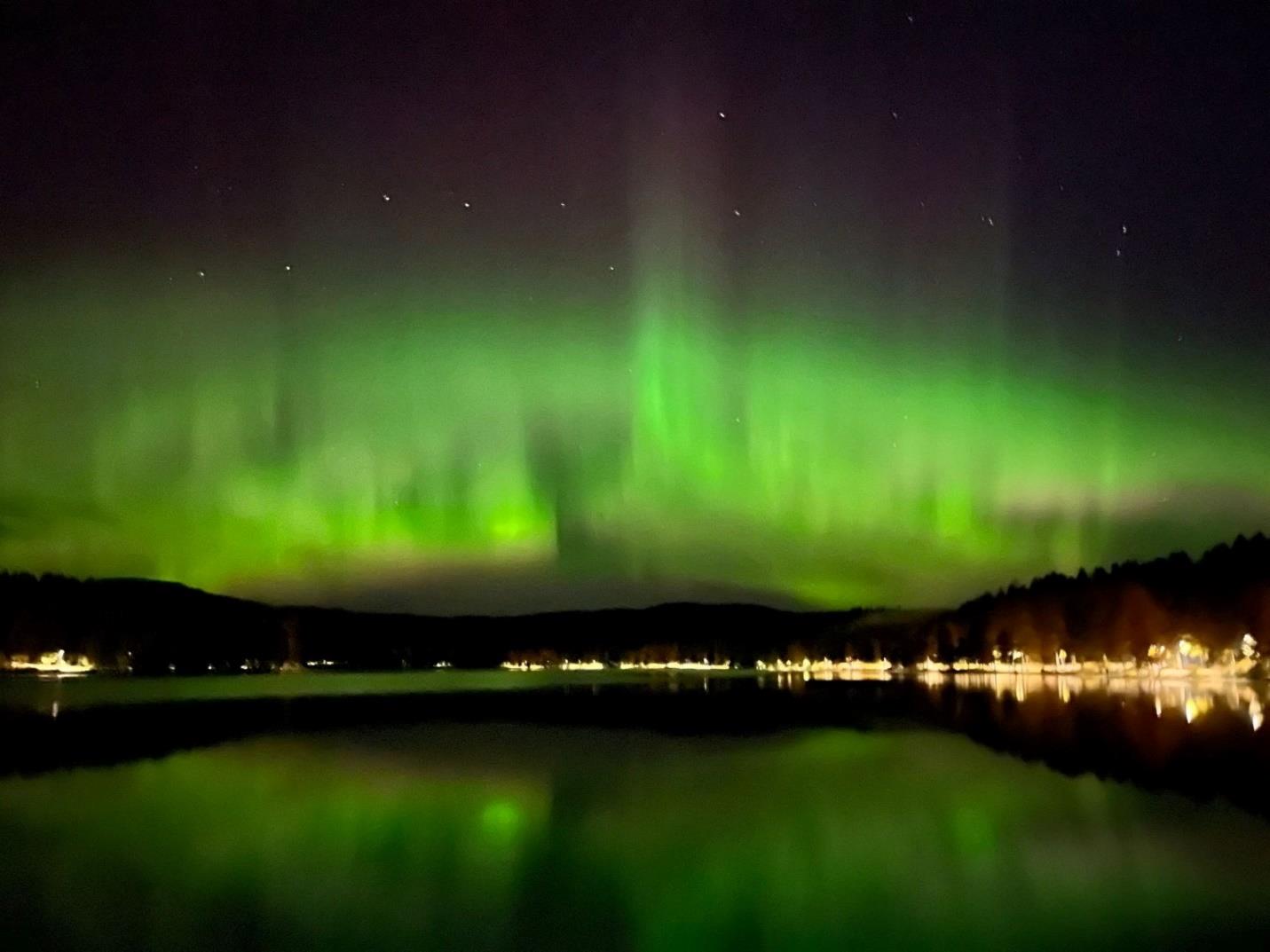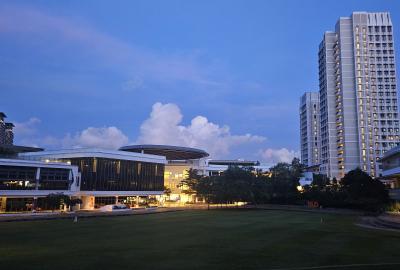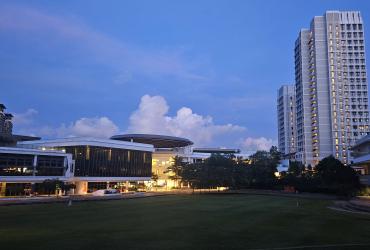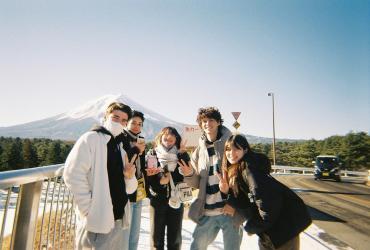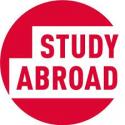Orientation and First Weeks
Orientation is highly recommended, as you meet other exchange students from universities all over the world. You can meet people to explore the city, country, and even neighboring countries.
The buddy group, tied with Fadderrulan is also super helpful, as you meet many students who may also have the same goals as you, whether it be to travel throughout Norway or explore Europe as a whole. During this, you can usually meet a mix of Norwegian and international or exchange students.
The people you meet at orientation week may end up being the same people you spend most of your exchange with, so it is important to get out of your comfort zone and talk to as many people as possible. Trust me, you will meet many interesting people, who may even turn out to be the best people you ever meet.
Also, not that there may be additional events with Fadderrulan, but there may be costs associated with these events. It can cost about CA$60-$100 per event, so be sure to budget for this in the first month. With these events, you can also buy a BiSO membership, which has a flat fee but has discounted rates on all of the events. You can also use this membership for other free events throughout the semester(s).
There are also a variety of free events offered by Student Slippet during orientation week (https://studentslippet.no/), which can be a great place to meet other students.
Accommodation and Living
It is recommended that you apply for housing as soon as possible, even before your admission decision is made (https://www.bi.edu/study-at-bi/housing/). This helps to ensure that you get the housing you have chosen as your first choice. As housing is guaranteed for international and exchange students, there is no need to worry, as you will get a place to live. The housing you want can depend on your priorities, but I will give a brief description of the four most popular housing locations amongst exchange students to BI.
- BSN (Boligstiftelsen Nydalen): This is the closest to the university, as it is just approximately an eight-minute walk from the university. This housing is also close to Storo mall, which is quite convenient for quick shopping. Another plus point is that BSN provides exchange students with cutlery, pots, plates, and bowls, which is very convenient. Although BSN is very convenient and has a shared bathroom and kitchen with just two people, it is the most expensive. BSN is also the only housing that does not have heat and electricity included in the rent, which can be very costly when it gets cold in the winter and spring.
- SiO Bjølsen Student Village (Bjølsen Studentby): This is the second closest to the university. There is a grocery store, Meny, that is in the middle of this student village that is used for groceries and receiving packages, which is very convenient. It is just a few minutes walk to the 37 and 54 bus stops. To the university, it is a 5-minute bus ride or a 10-minute scenic walk. The 37-bus also runs 24 hours and has a stop in the city center which is extremely convenient.
- SiO Kansleren Studenthus: This housing is located just a 5-minute walk from the Tøyen metro station. This metro can be taken directly to the university and will take about 8 minutes. This housing is also extremely close to the city center and Grønland where you can purchase international goods and produce. The metro runs at very frequent times towards these places.
- SiO Kringsjå Student Village (Kringsjå Studentby): Although this is the farthest student housing from the university, it is located just 2 minutes away from the metro station. Time in transit can also be cut in half, if you switch metros at Ullevål stadion, as you can get to the university in just 20 minutes. Another plus point of living here is that it is extremely close to Sognsvann Lake, where you can see the Northern Lights in Winter.
**All four of the above housing are near convenient public transport, whether it be a bus stop, metro station, or both and they are all also near a Kiwi and/or Rema 1000, which are popular budget-friendly grocery stores. With SiO housing, you will receive a private bathroom and bedroom, alongside your own or a shared kitchen with five to seven others. Also note, upon arrival, keys to your SiO accommodation must be picked up from an office in Blindern, which is also accessible by the T-bane metro.
Day to Day
Upon landing, within a week, it is recommended that you book an appointment with the police. This is needed to confirm your arrival, get biometrics taken, and apply for a residence card. The appointment slots fill up extremely quickly and so it is recommended to try booking this even before landing. However, if you do happen to get a slot for a later time, you can constantly try refreshing the site, as there are last-minute cancellations that open for much better times. It is important to apply for this card, as it is needed for travel within the EU and needed to re-enter Norway. You are not allowed to leave Norway, and re-enter before you get this card (again, depending on your passport).
Learning and Adaptation
Lectures, however, are quite like that at SFU in terms of teaching style. Most of the lectures at BI are 1.75 hours. so, it is portioned off as 45 minutes of lecture, then a 15-minute break, and lastly the final 45 minutes of lecture. Also note that if you take any finance classes or any classes that require a calculator, there is a specific BI-approved calculator (HP bII+ Financial Calculator) that is the only calculator allowed in an exam. If possible, try to purchase that online, or beforehand as it is extremely overpriced at BI.
Accomplishments and Challenges
As you are not allowed to get a SIM card without getting your residence number, your only option to get a physical SIM card is through Telia. Telia has a branch at Storo mall, and you must take your passport with you. The phone plan can cost you at least CA$30-$40 per month, but it is necessary to have data if you are traveling and is also needed for the Ruter app in case of random ticket checks.
Another option you have is to get an e-SIM, which is much cheaper comparatively. There are many deals to choose from, so just explore your options to see what you have available. With an e-SIM, only data will be provided exclusive of a Norwegian number, so if any verifications or authentications are needed, it can be an issue.
Cultural and Environmental Observations
For a good variety of things at reasonable prices, I highly recommend either Kiwi or Rema 1000. These stores are good for groceries, and the no-name brand “First Price”. They have high-quality goods for as much as half the price. There is also Normal, which carries a variety of international brands at cheaper prices than regular stores. You should be able to get all your necessities and toiletries from one of these three stores.
As the cost of living is much higher in Oslo, the eating-out culture is very rare. It is much cheaper to buy groceries and cook, as the tax on dining out is incredibly high. However, the canteen - the Living Kitchen - at BI has a great selection of food at the salad bar, sandwich station, and hot meals counter. A small meal costs about CA$8 and can be a great alternative to buying food from elsewhere.
Social and Extracurricular Activities
There are many places you can go in and around Oslo. The Visit Oslo website has lots of great ideas about what to do in the area (https://www.visitoslo.com/en/). One quick recommendation though is to complete any hiking activities when it is warmer and when it does not get dark as early. There are also much more restrictions placed on hikes, such as certain safety regulations and a mandatory guide when doing hikes during wet, cold, or icy weather. The museums and indoor activities can be done later (or earlier on, depending on the semester) when it is colder, and the weather is not as appealing.
